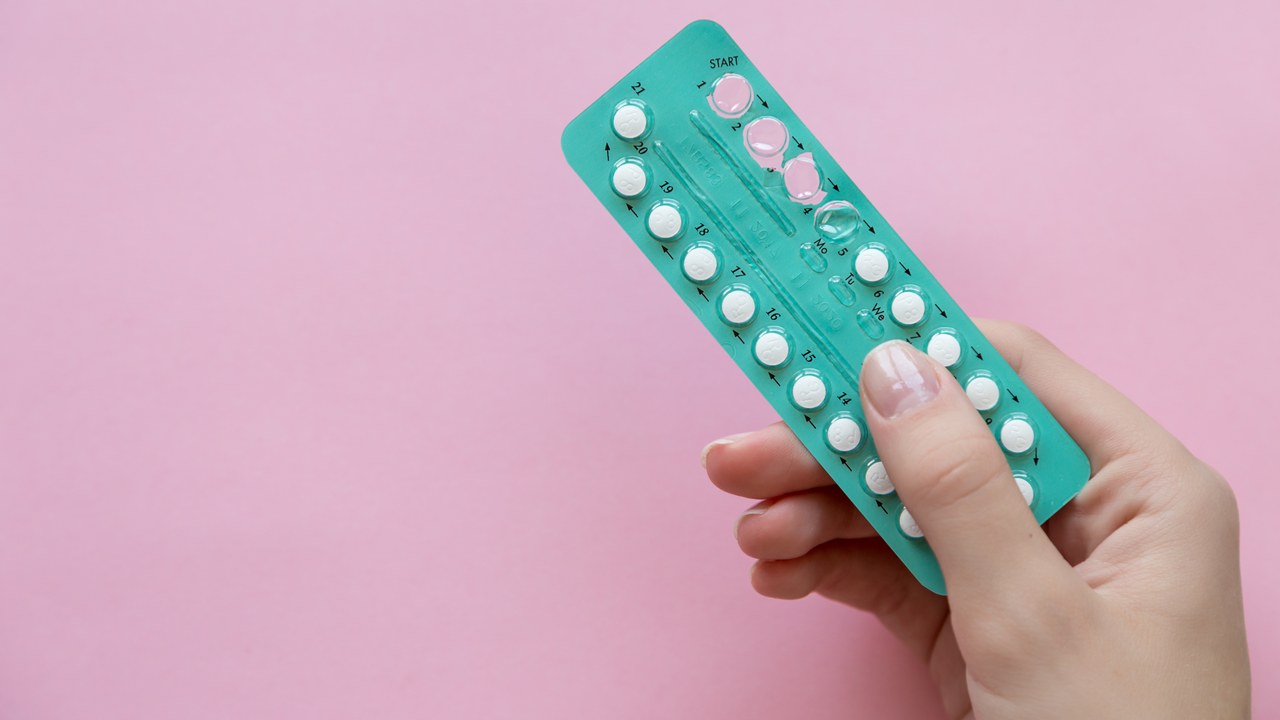We Have the Same Birth Control Options as Our Grandmothers. We Need a Better Plan A.

It’s 10:30am on a Sunday and I’m standing in line to buy Plan B. The guy in front of me is wearing a dirty blanket like a cape, carrying a supersized Heineken and shouting. This is not how I expected my weekend to wrap.
A few months ago I decided to go off the pill. I’m 34, married and, ironically, in my day job I support increasing women’s access to birth control around the world. It wasn’t because I wanted to have a baby (I don’t) or because I think the pill is evil (see employment status above), but rather because I’d been on it since around the time I hit puberty—and I’d suffered anxiety and depression just as long. The research is still inconclusive but studies have linked the two; I thought it was about time for me to test out some non-hormonal methods, joining the 20 percent of women who quit taking their birth control because of the side effects.
I didn’t plan to be without a goalkeeper for long. Indeed I booked an appointment for a copper IUD four months ago—it’s the one long lasting non-hormonal method on the market and I’d thought “that’s perfect for me.” I’d even naively moved forward with the insertion process despite the worried looks of the doctor and her forewarning that this method was most popular with women who had already had children, that it would be “snug” in my wee little baby motel, and that the process could be “uncomfortable.”
She didn’t say: getting this forced through your tiny pre-baby cervix and into your virginal uterus will feel like fire has engulfed your abdomen, your legs will shake and you may consider passing out as you slip into cold sweats. It was the most painful experience of my life. Which is saying something—my pain threshold is so high that I once had an undiagnosed lower back fracture for three months. I had to ask the doctor to stop halfway through. Thank you to insurance for covering both insertion and removal in one go.
I realized after that appointment that I literally had one modern non-hormonal option left if I wasn’t going to use condoms, diaphragms or sponges: fertility apps. So, two years into marriage with a mundane sex life, I figured “Hell. Let’s give it a try.”
It was nice to understand my body more. But it was also highly inconvenient. By conservative measure, all women are at “high risk of pregnancy” for about half their cycle. Meaning we only get a few “in the clear days” just before our period. The “worst” days are the five before we ovulate and the day after. But ovulation can vary (my left ovary likes to activate days earlier than my right, I learned) and the signs of ovulation can be inconsistent. In my case, for the first three months off the pill I had clear ovulation cramps; they would show up like clockwork right around when the app said I was fertile. It made it easier to trust the algorithms and wait for the danger zone to pass.
But this month, my cramps decided to go on hiatus. Suddenly I was left with nothing more to go by than an app that says I have a 5.4 percent chance of getting knocked up. The Husband and I agreed to use alternative methods on those high risk days. But last night he forgot and I failed to remind him in a timely fashion. Ergo my trip to buy Plan B.
My situation is not unique. For the past 50 years women have been marketed the freedom of birth control so passionately—and we’ve had protect our right to access so vehemently—that no one has stopped to say this whole “choice” thing is a myth—there’s not one on-demand, non-hormonal contraceptive on the market. And we should all be really pissed about that.
